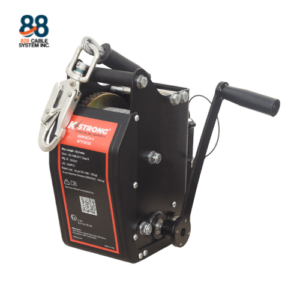Confined spaces, such as cargo holds, tanks, and other enclosed areas on cargo ships, present unique challenges and risks for workers. These spaces often lack proper ventilation, have restricted access, and are not intended for constant occupancy. Addressing these risks and implementing effective solutions is crucial for ensuring the safety and health of personnel working in these environments. In this blog, we’ll explore the top risks associated with confined space work and provide actionable solutions to mitigate these hazards.
Top Risks Associated with Confined Space Work
Oxygen Deficiency
Causes: Oxygen levels in confined spaces can drop due to chemical reactions, rusting, or displacement by other gases. Symptoms and Health Impacts: Low oxygen levels can cause dizziness, shortness of breath, impaired judgment, and even unconsciousness. Severe cases can be fatal.
Toxic Atmospheres
Types of Toxic Gases: Confined spaces can contain hazardous gases such as carbon monoxide, hydrogen sulfide, or fumes from fuel oil and lubricating oil. Health Risks and Symptoms: Exposure to toxic gases can result in headaches, nausea, respiratory distress, and long-term health effects. In extreme cases, it can lead to death.
Flammable or Explosive Environments
Sources of Ignition and Fuel: Flammable vapors or dust present in confined spaces can ignite due to sparks, open flames, or static electricity. Explosion Risk Factors: Accumulation of flammable substances and poor ventilation increase the risk of explosions. Effective measures are needed to prevent such incidents.
Physical Hazards
Risks from Machinery and Structural Hazards: Moving machinery, falling objects, and confined space structure can pose physical risks. Safety Measures: Proper guarding of machinery, securing tools and equipment, and ensuring structural integrity are essential for reducing physical hazards.
Restricted Access and Egress
Challenges: Limited entry and exit points can complicate emergency responses and make evacuation difficult. Impact on Emergency Response: Efficient and well-planned access routes are crucial for effective rescue operations in emergencies.
Essential Solutions and Safety Measures
Risk Assessment and Planning
Importance: Conducting a thorough risk assessment is vital to identify potential hazards and plan accordingly. Developing an Entry Plan: A detailed entry plan should outline procedures, emergency protocols, and safety measures tailored to the specific confined space.
Proper Use of Personal Protective Equipment (PPE)
Types of PPE: Essential PPE includes respirators, safety harnesses, and protective clothing. Guidelines: Select PPE based on the specific risks identified in the confined space. Ensure proper training on its use and maintenance.
Atmospheric Testing and Monitoring
Techniques for Testing: Use gas detectors and monitors to regularly check for oxygen levels, toxic gases, and flammable vapors. Continuous Monitoring: Implement continuous monitoring systems where feasible to ensure ongoing safety.
Ventilation and Air Quality Management
Methods for Ventilation: Use fans, blowers, and other ventilation equipment to ensure adequate airflow and prevent the buildup of hazardous gases. Maintaining Air Quality: Regularly inspect and maintain ventilation systems to ensure they function correctly.
Training and Emergency Preparedness
Training Workers: Provide comprehensive training on confined space hazards, safety procedures, and the use of PPE. Emergency Response Plans: Develop and practice emergency response plans, including evacuation routes and rescue procedures.
Implementing Safe Work Practices
Safe Entry and Exit: Follow established procedures for entering and exiting confined spaces. Ensure that workers are aware of and adhere to safety protocols. Regular Inspections: Conduct regular inspections of confined spaces, equipment, and safety measures to identify and address potential issues.
Regulatory and Compliance Considerations
Overview of Regulations: Adhere to regulations such as OSHA standards and industry-specific guidelines for confined space work. Importance of Compliance: Compliance helps prevent incidents, ensure worker safety, and avoid legal liabilities.
Takeaway
Understanding the risks associated with confined space work and implementing effective solutions is crucial for maintaining safety. By conducting thorough risk assessments, using appropriate PPE, ensuring proper ventilation, and providing comprehensive training, organizations can significantly reduce the risks associated with confined spaces. Stay informed, adhere to safety regulations, and continuously improve safety practices to protect workers and ensure a safe working environment.

